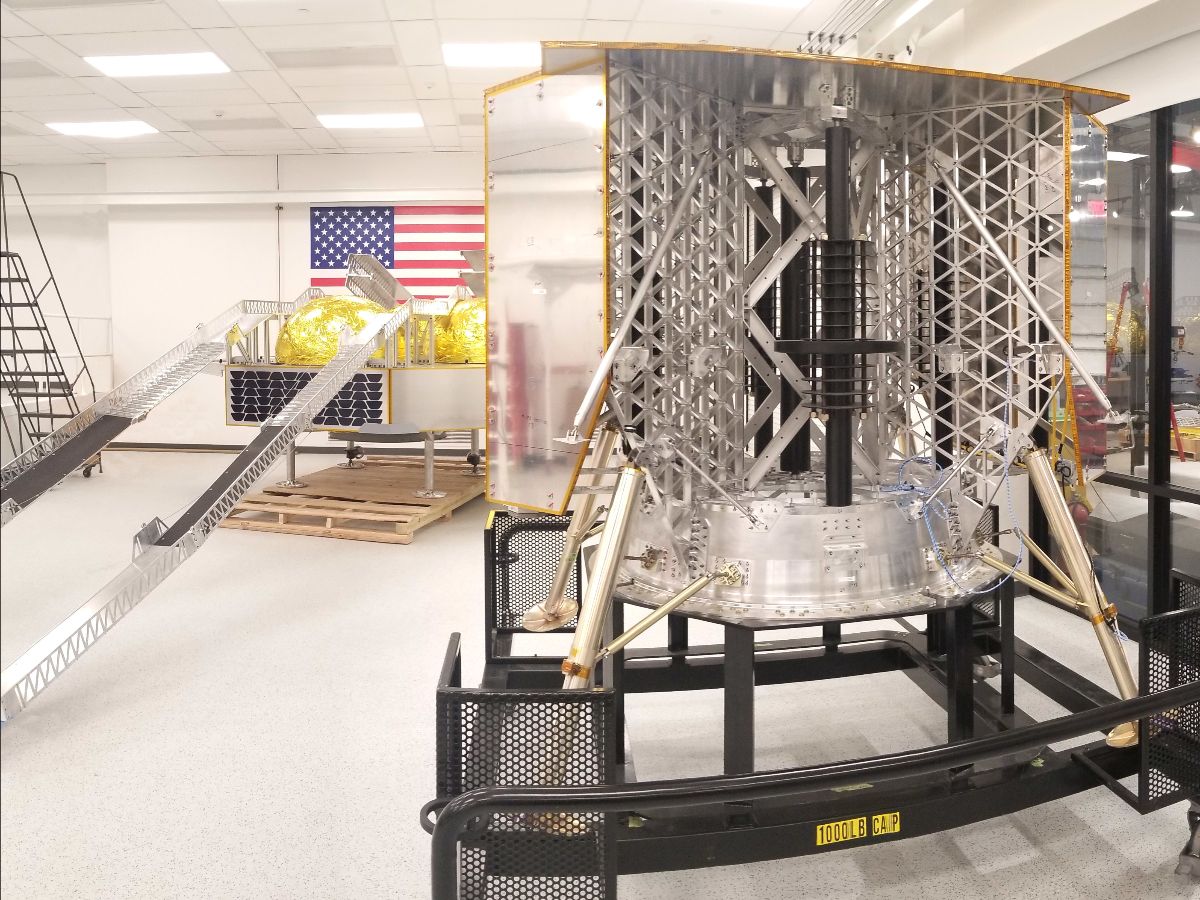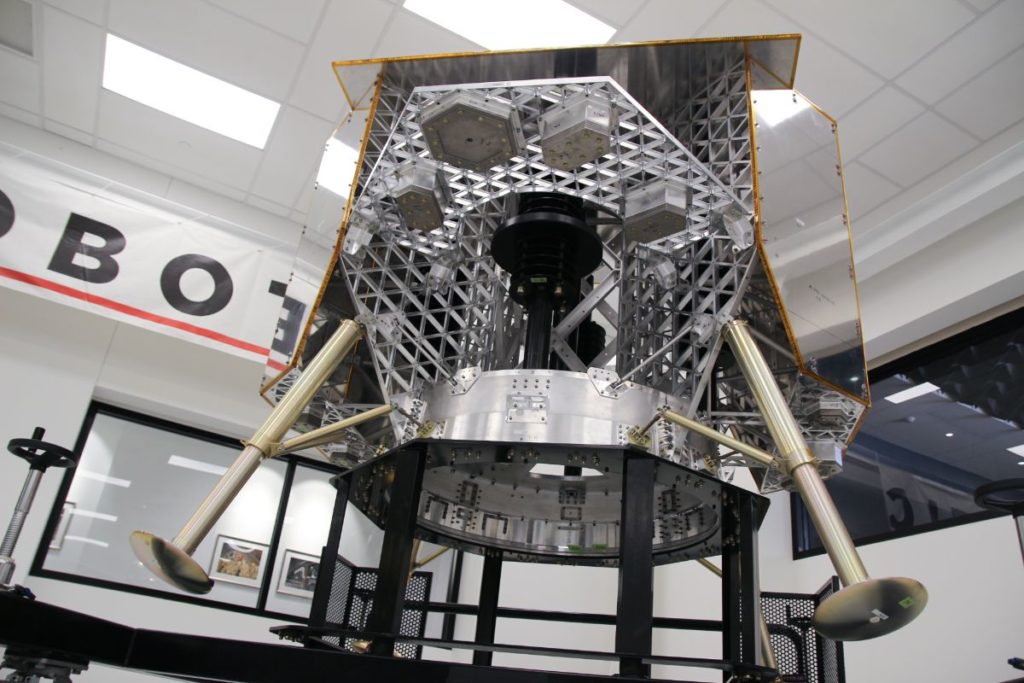
DLR – German Aerospace Center Becomes Third Space Agency to Join Astrobotic’s Peregrine Mission One
The German Aerospace Center (DLR) joins a mission with Astrobotic to land a special German-built instrument on the Moon onboard Astrobotic’s Peregrine lunar lander in 2021. DLR will send this radiation detector to measure key radiation data on the flight to the Moon and on the lunar surface ahead of the upcoming NASA Artemis missions that will send the first woman and the next man to the Moon.
With this agreement, DLR becomes Astrobotic’s third international space agency customer, including Agencia Espacial Mexicana and NASA, to join Astrobotic’s manifest of 16 commercial customers on Peregrine Mission One. This German payload will make history as the first DLR instrument to be commercially delivered and operated on the surface of the Moon.
This radiation detector is a complement to another scientific experiment riding aboard NASA’s Artemis I mission. That experiment implements similar DLR radiation sensors to female human mannequin torsos sitting inside the ORION capsule as it flies around the Moon as the MARE – Matroshka AstroRad Radiation Experiment. These sensors will precisely measure the level of radiation a human body will encounter on a trip to the Moon and back. The data from both Artemis I and Peregrine Missions will improve our understanding of lunar spaceflight environmental conditions with respect to space radiation as this belongs to the key risks of the future of Human Space Exploration related to astronaut health. This will be particularly important and essential since Artemis astronauts will be going to latitudes on the Moon not previously visited by Apollo astronauts, as well as potentially extending their stays beyond the duration of the Apollo surface missions.
“DLR is delighted to have this opportunity to send this payload to the lunar surface with Astrobotic. The technical maturity of their lander program and their commercial service offering was a perfect fit for delivering this key experiment in a mutually beneficial scientific-commercial mission. We are looking forward to a successful joint mission knowing our radiation sensor will be flying with a competent new space industry leader in commercial lunar activity, “ says Dr. Thomas Berger from the DLR Institute of Aerospace Medicine.
“We are excited to welcome DLR aboard our historic Peregrine mission alongside six other nations,” says Astrobotic CEO John Thornton. “It’s just another way Astrobotic is paving the way for NASA’s mission to send the first woman and the next man back to the Moon, while opening the Moon to new nations and new customers.”
The DLR sensor will be operated by the team members at the Institute of Aerospace Medicine supported by the Microgravity User Support Center in Cologne, Germany, with commands and data going to and from the Moon via the Astrobotic Mission Control Center in Pittsburgh. The radiation sensor will be integrated with Astrobotic’s Peregrine lunar lander, set to launch in late 2021 at Cape Canaveral, Florida.


